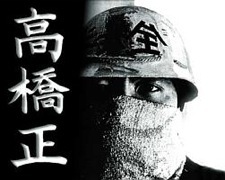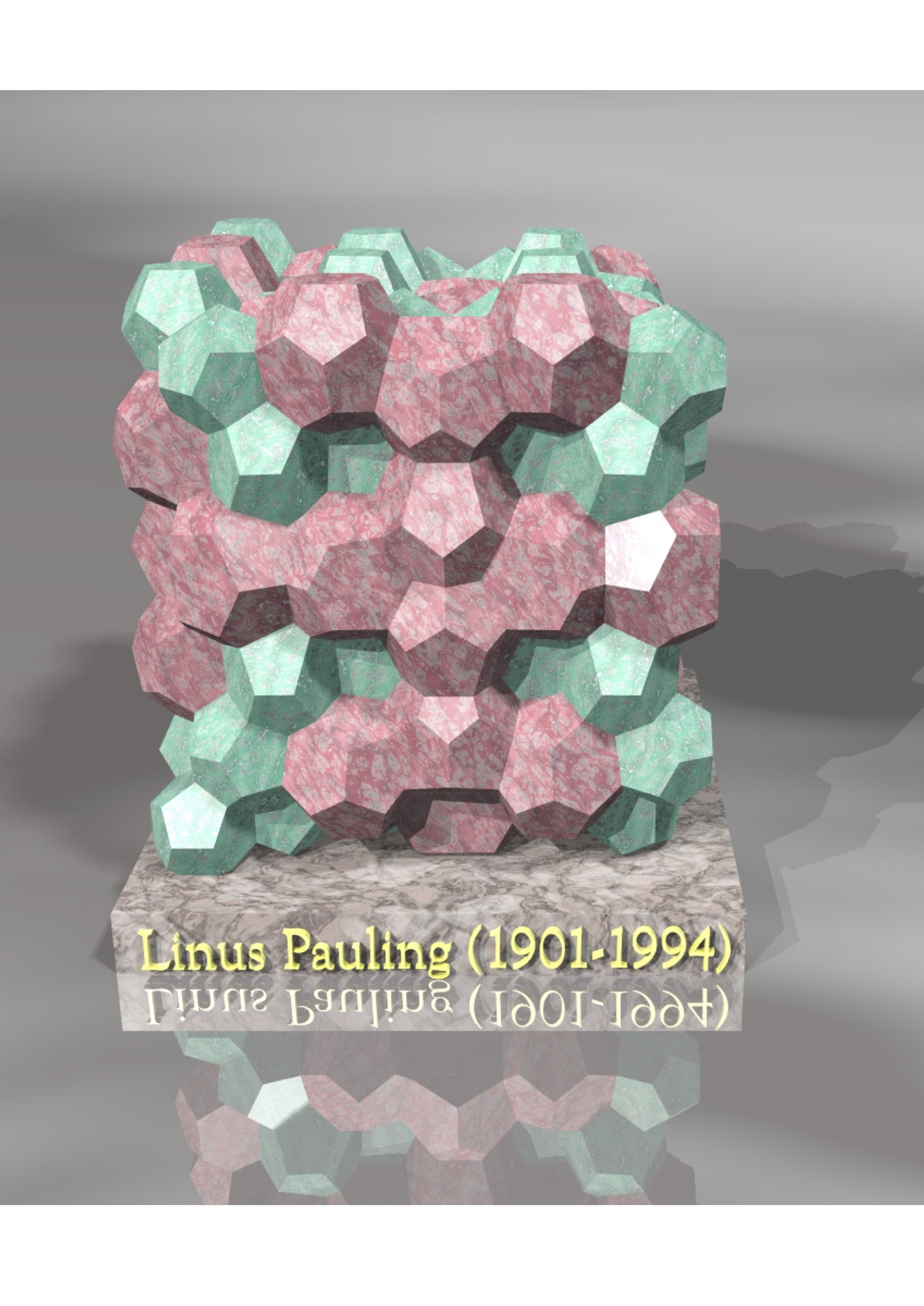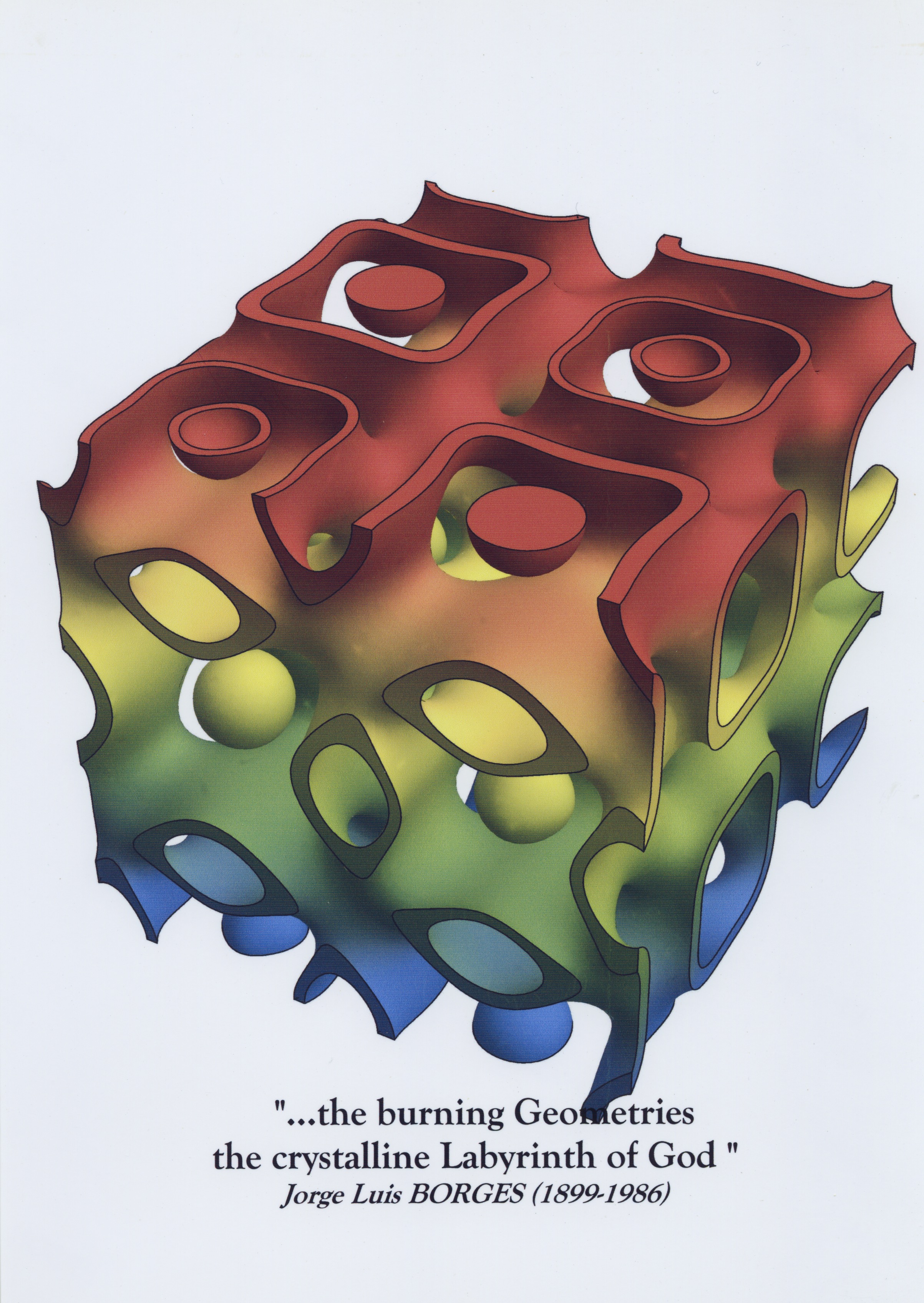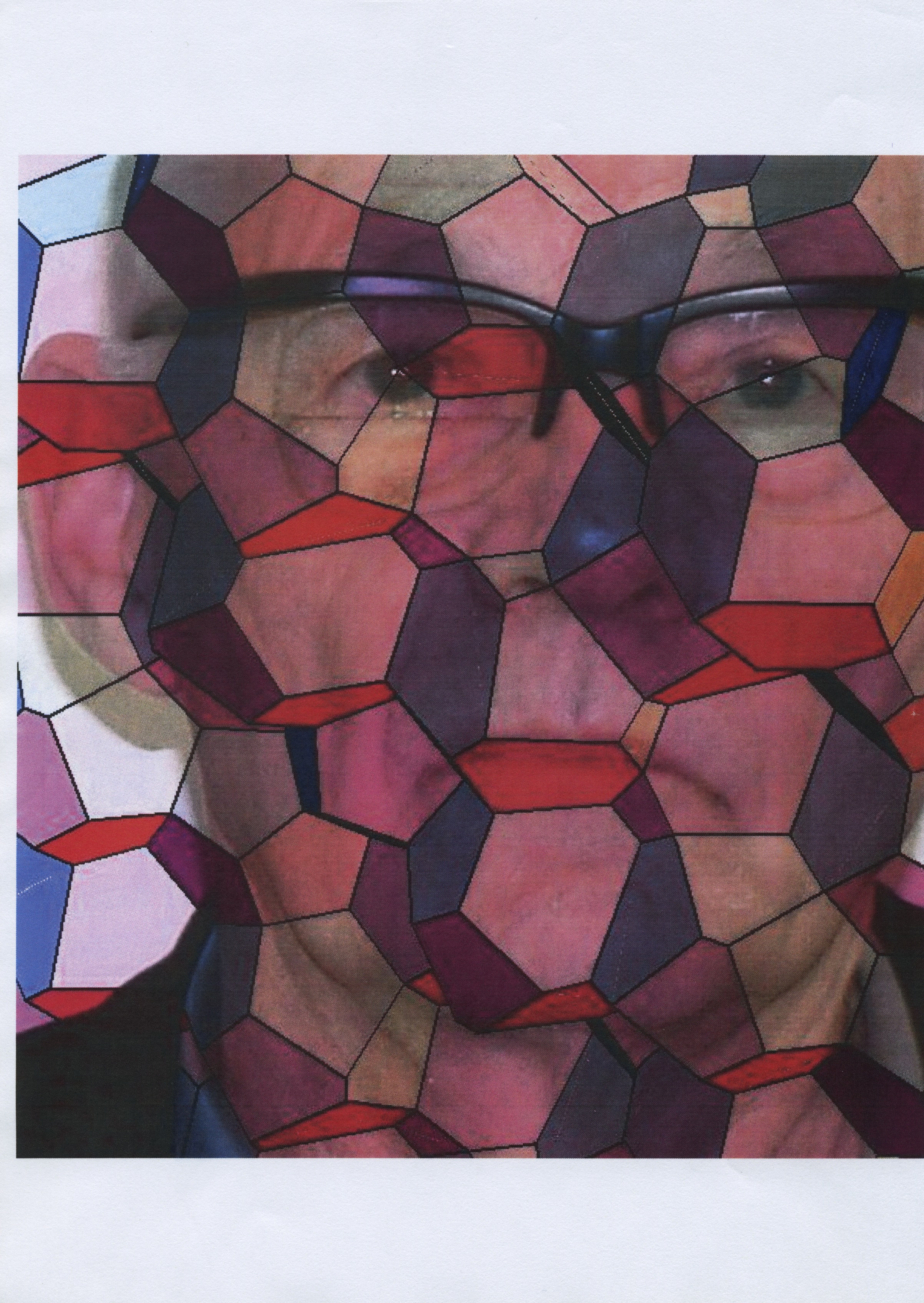The Solidarity Monument
Sho Takahashi has now designed a massive monument to commemorate the
Polish Solidarity Movement, which started in the shipyards of Gdansk and,
in changing the face of Polish life, also changed the Soviet block and thus
affected the shape of the world today.
The monument is built with scientific and engineering metaphors. The 162
individual blocks, which appear to be irregular, in fact lock together to
produce a solid monolithic assembly, immovable and impenetrable, on which an
armoured division might break its teeth.
Paradoxically, the geometry of the assembly, far more complex than it might
appear, was dreamed up by the maverick American scientific genius,
Linus Pauling. It has proved to be the answer to the problem of the structure
of a curious alloy of the light metals, magnesium aluminium and zinc,
reminding us of the amalgam of social groups which had to come together to
effect significant change. The metaphor extends further, for, in the
scientific world, this strange material proved to be the first break in the
monolithic dogma of the crystalline state and was thus an irritant particle,
like a grain of sand in an oyster, between the planned crystalline state
and the fluid amorphous rapidly invasive free-market state.
The concept was originally considered as a replacement for the Kaaba in Mecca
but the cultural climate proved unpropitious, as it would have been for the
Holocaust Monument in Berlin. That art is dangerous shows that it is alive and
touches people.
That this intermediate structure should mark the emergence in Poland,
crushed between the American and Soviet Empires, of a transitional anomalous
structure is, of course, the raison d’etre of the monument.
The blocks of the structure itself are not of solid metal, but are made of
light alloy castings. Where the polyhedra meet they have manhole-size openings
ringed by the bolts which hold the mass together; viewed from the inside the
structure reminds us of the heroic struggle in the Warsaw sewers, and is again
a powerful analogy for the structure of an effective revolutionary
organisation, divided for security into separate cells. Its mathematical
structure reminds us also of the genius of the Polish mathematicians who,
working underground in the deepest secrecy, began the successful solution of
the Enigma encryption and contributed greatly to the defeat of the German war
machine and the eventual emergence of a new Poland.
Sho Takahashi intends the monument to be surrounded by flowering cherry trees,
the classic reminders of the fleeting nature of life, and to be a contrast to
the permanence and solidarity of the metallic state, dangerous and beautiful,
like the sword and chrysanthemum of the Japanese empire which formed his
physical and intellectual inheritance. The design work was finished on
1 Sept. 1998, the 59th anniversary of the German invasion of Poland.



